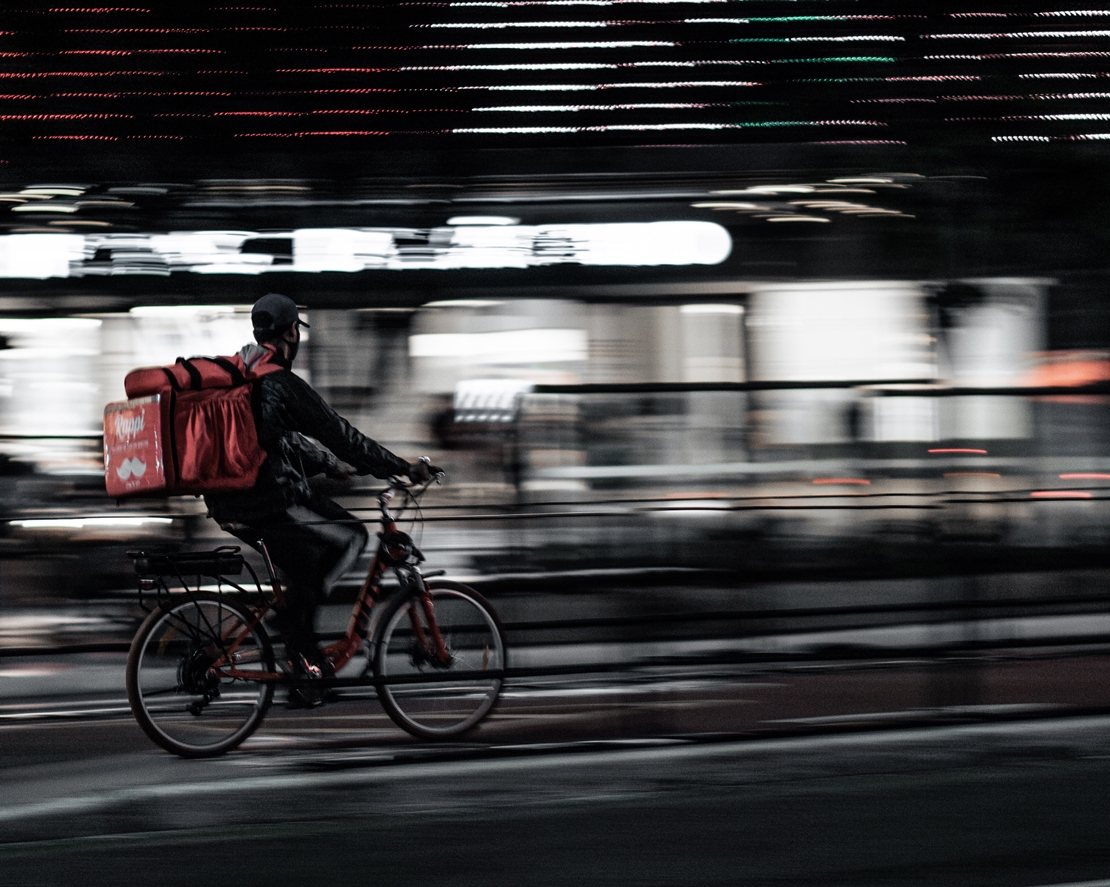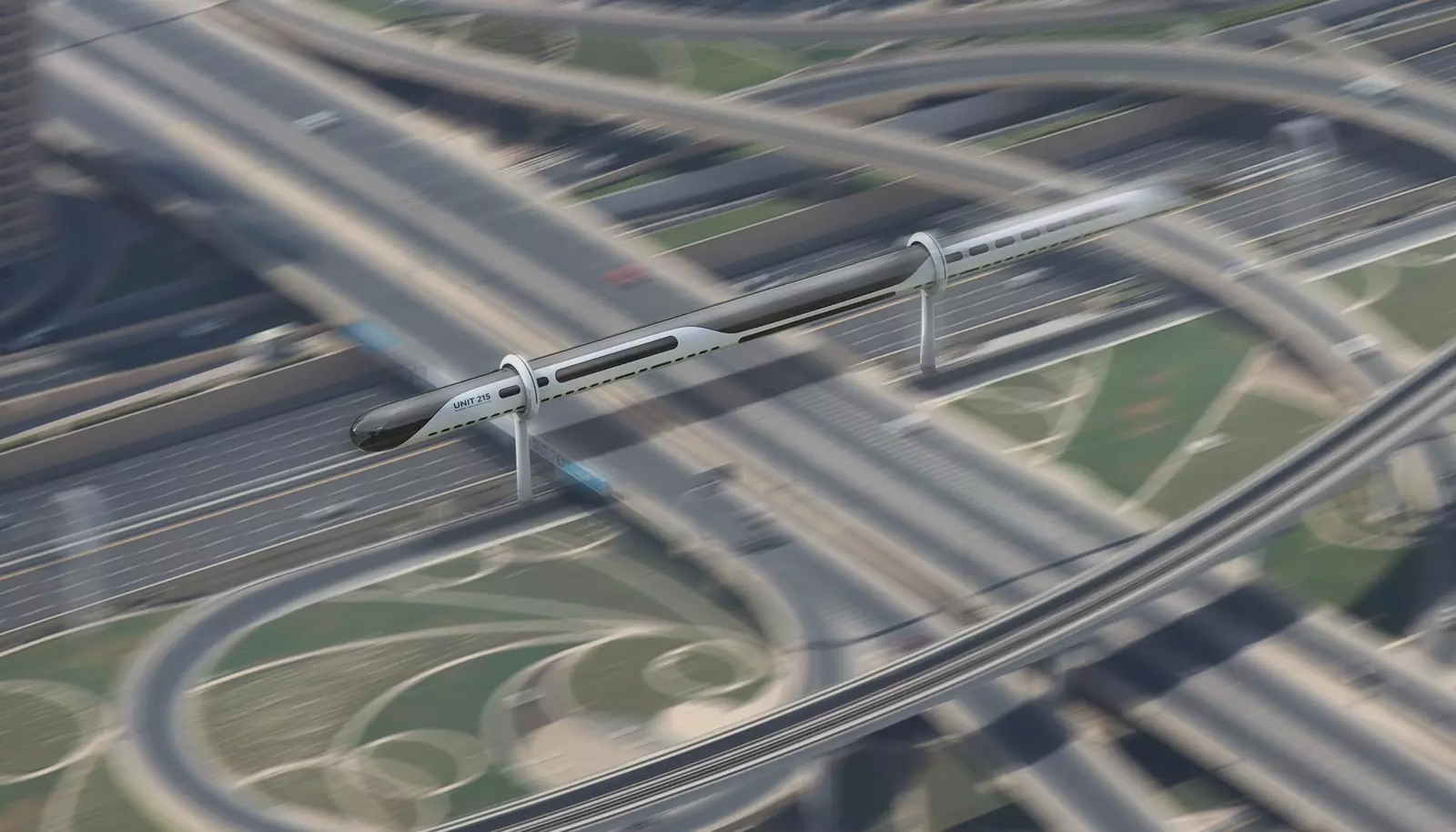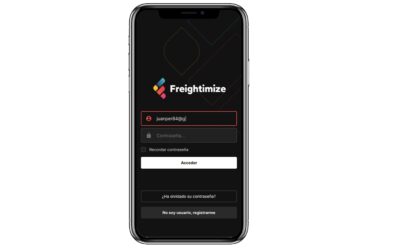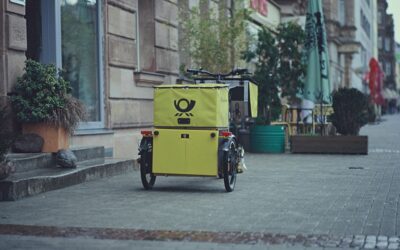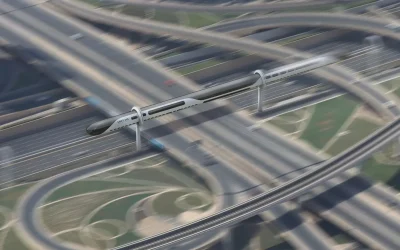5 strategies to advance micromobility for urban last-mile delivery: report
“Enabled by technology and new delivery players, people now consider fast and efficient deliveries a ‘must have’ service,” the whitepaper states, identifying three primary categories of delivery: parcels, groceries and ready-to-eat food. Cars, vans and trucks make the majority of these deliveries to their final destinations, which creates traffic and environmental issues and also can be costly for the freight operators.
Use of micromobility vehicles for those last-mile deliveries can bring a variety of benefits in urban areas — benefits some cities are already realizing, the whitepaper states. It obviously won’t work everywhere: “Success will depend on the city’s density, urban form, the operating environment, size and type of delivery, operator willingness and proximity to customers,” it states. “But where these ingredients come together, the last mile freight task is ripe for disruption.”
It identifies five strategies local governments can take to advance micromobility for deliveries:
-
Make micromobility users feel safe by taking Vision Zero and Safe Systems approaches to road infrastructure, regulations and communications.
-
Facilitate safe and easy pick-up and drop-off of deliveries such as through curbside management strategies and building codes.
-
Provide policy leadership in support of micromobility such as net zero emissions goals and innovation incubators.
-
Support remoding of last-mile deliveries through micro-logistics hubs and other efforts.
-
Test and scale ideas that work.
Micromobility for urban deliveries dates back more than a century, with bicycle couriers used in the 1890s as telegraph workers. Bike messengers surged again in the 1980s and early 1990s, before fax machines and then the internet largely replaced the need to courier documents and data storage devices. In this century, a new crop of food and grocery delivery apps has resulted in the latest wave of micromobility delivery workers in some cities.
“We’re reading more reports in media and social media that say there seems to be more companies and more communities embracing cargo bikes,” said Leah Shahum, executive director of the Vision Zero Network. Downtowns tend to be built in relatively flat areas, an advantage for bikes, she pointed out. When you have to go up hills, having an e-bike helps.
Denver Boulder Couriers in Colorado has employed bicycle couriers since 1987 to deliver packages in both cities. Employees with disabilities ride public buses between Denver and Boulder to deliver intercity packages, with cyclists providing the first and last mile of those trips.
“When we are able to use cleaner modes of transit and hourly employees, it is less expensive than physical car delivery, and we can pass those savings on to customers,” co-owner Chris Grealish explained.
The company provides couriers with a guidebook and manual “to understand the rules of the road [so couriers] are not flipping people off and running red lights,” he said. “We list streets where we don’t recommend riding and where there are alternate routes.”
“Bike messengers pick up and deliver to drop boxes in key locations. Some businesses allow DBC to use their property” for a drop box, Grealish said, giving the example of outdoor retailer REI. “They own an iconic and centrally located building in downtown Denver, and they’ve allowed us to put a drop box in their back parking lot.”
The whitepaper documents how other cities have successfully implemented bike delivery services. For example, after Toronto improved its cycling network, Uber Eats saw its bike deliveries in that city increase 40% from 2019 and 2020, Uber said. A 2019 project in New York City more than doubled cargo bike deliveries in the covered area, with each cargo bike that replaced a van or box truck resulting in about 7 tons fewer of annual CO2 emissions. The project has since expanded, resulting in more than 45,000 cargo bike deliveries in January 2021 alone. A six-month pilot project in Bogota, Columbia, showed that using micro-logistics hubs and cargo e-bikes for food and parcel deliveries within 5 km could eliminate 4.2 tons of emissions a year.

